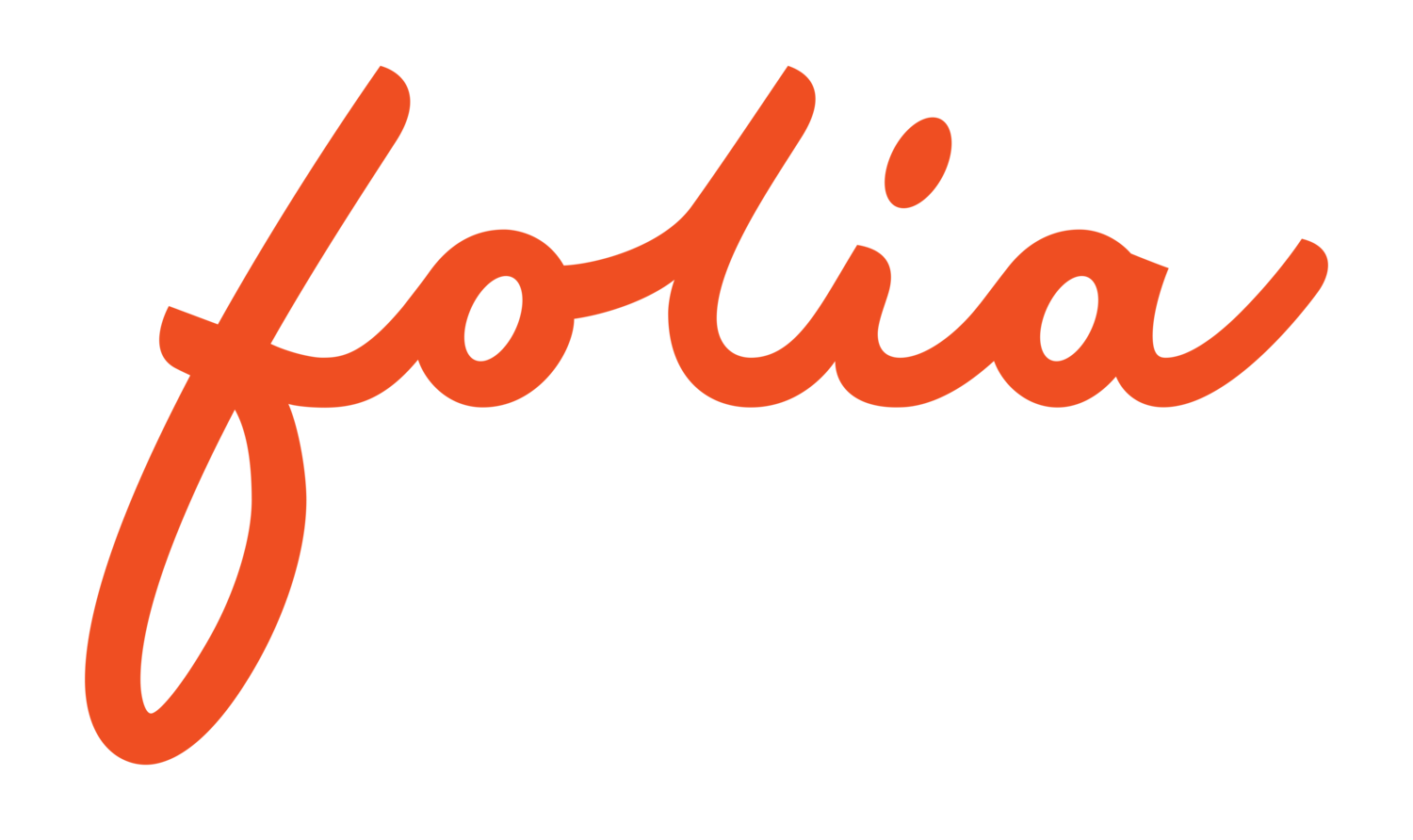What do 15th century writings have to do with the future of work?
The sun moves around the Earth. That was generally accepted until Nicholaus Copernicus's idea of heliocentrism (the idea that the Earth rotates around the Sun - a theory he later proved in 1543) was introduced in a manuscript.
That manuscript full of notes in the margins (annotations) currently sits in the Indiana University Lilly Library. What could possibly be a better team outing for a team focused on evolving annotation?
16th century annotations related to Copernicus’s heliocentric theory.
Ancient Annotations
We sifted not just through those jottings about Nicholaus Copernicus theories, 14th century legal texts adorned with manicules ☞ to highlight key points, and original manuscripts of literary giants like Sylvia Plath and Kurt Vonnegut marked up with notes they exchanged with publishers or presidential musings on current events. Each marking began as an idea thatadded significance to an outcome. Over time, historical texts have been connected to their context directly on paper - largely due to the ability to easily annotate, take notes, draw, circle, and highlight key topics. Today, the digital world disconnects the connection between an idea and its source material.
Annotations have served as a time machine, transporting us to an era where ideas were meticulously connected to theirsource. Paper served as the bridge that kept ideas in context—a characteristic technology lacks.
The need for preserving and contextualizing ideas hasn't waned; it has evolved for the digital world, and this work is just beginning. Folia's digital solution bridges the gap between traditional annotation methods and the boundless potential of modern technology.
The Future of Work
Team Folia lined up after viewing historical texts and annotations at Indiana University’s Lilly Library.
Imagine a world where brilliant ideas are consistently packaged and easily accessible, free from disorganized email threads or the chaos of countless digital workspaces. The authentic manuscript annotations at the Lilly Library don't just highlight the value of a contextualized history, it emphasizes a current need to continue this process in a digital environment. Today's thought leaders, teams, and organizations need a solution to identify, connect, and build ideas effectively. How will the ideas of today be recorded in the archives of time?
Ultimately, our team was inspired by our visit to Lilly Library. We learned that throughout human history, ideas, thought, and people have connected through annotation. It's an activity that has transcended time. And needs to evolve.
At Folia, we're empowering annotation for today's technology.
Appendix:
The Lilly library collection houses 800,000 rare books and manuscripts including one of Shakespeare's first folios, a 15th century Gutenberg bible, and one of the first medieval printings of "The Canterbury Tales". Not surprisingly, it's among the most robust collections in the United States.


